33 Items You’re Storing All Wrong
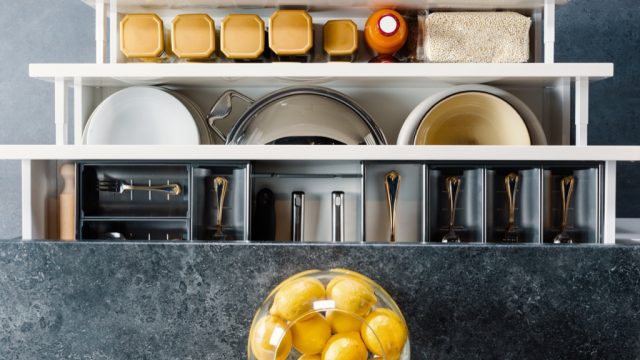
While you may think your home is relatively minimalist, research says otherwise: in fact, the average American home houses 300,000 items. However, despite ever-increasing amount of stuff, our collective ability to store all of those possessions properly hasn’t caught up with consumption. In fact, from the food in your fridge to the clothes in your wardrobe, it’s a good bet you’re making virtually everything you own less usable over time, thanks to poor storage habits.
The good news? Armed with the right storage know-how, you can prolong the life of your goods and keep your home clutter-free. Start on the path toward a less messy life today by acquainting yourself with these 33 items you’re storing wrong—and mastering the proper storage solutions that are sure to set you on the right path.
1
Wine
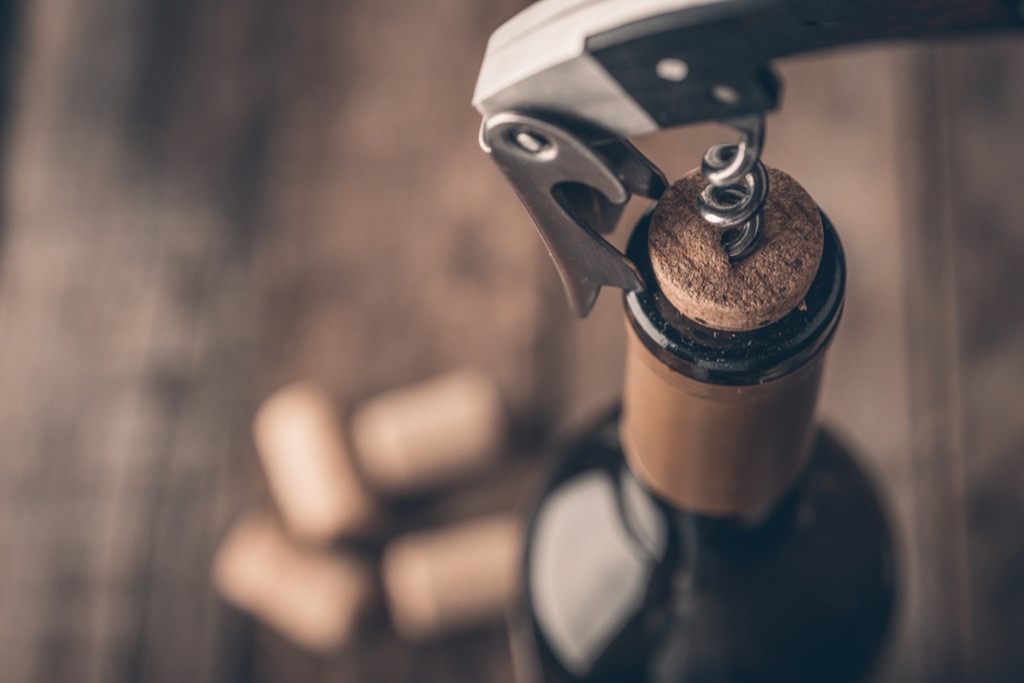
While many people assume that room temperature is fine for red wine, storing your favorite bottle on your kitchen counter can actually reduce its flavor and turn its color from a rich purplish-red to a dull brown quicker. “The number one thing with wine storage is that ‘room temperature’ really refers to what the countryside in France felt like around harvest time—definitely not your non-air-conditioned closet on the second floor,” says beverage expert and certified Cicerone Zachary Mack, co-owner of Alphabet City Beer Co. in Manhattan. “They call it cellaring for a reason: Keeping a cool temperature in the mid-50s to low 60s that doesn’t fluctuate will make sure the wines aren’t shocked and will be ready to drink whenever you go to reach for them.”
Just as important is keeping the bottle itself in the correct position–which doesn’t happen to be upright in your refrigerator door. “Equally—if not more—important is remembering to always store bottles on their side so that the cork doesn’t dry out. This keeps the cork from contracting, letting in oxygen, and spoiling,” says Mack.
2
Silk clothing
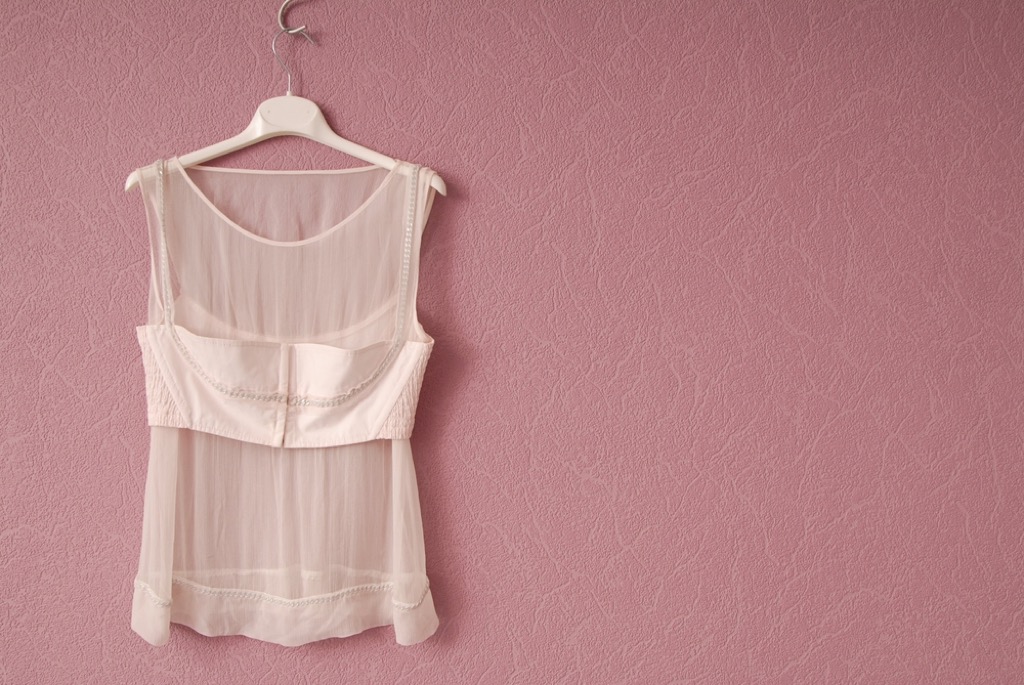
If you’re storing your silk clothing on wire, plastic, or wood hangers, you’re already on the fast track toward making them unwearable. Hangers made of firm materials can leave unsightly, permanent dent marks in delicate fabrics like silk, leaving them irreparably misshapen over time. To help maintain your silk garments’ natural shape, use padded hangers instead, which will gently cushion your clothing.
3
Knives
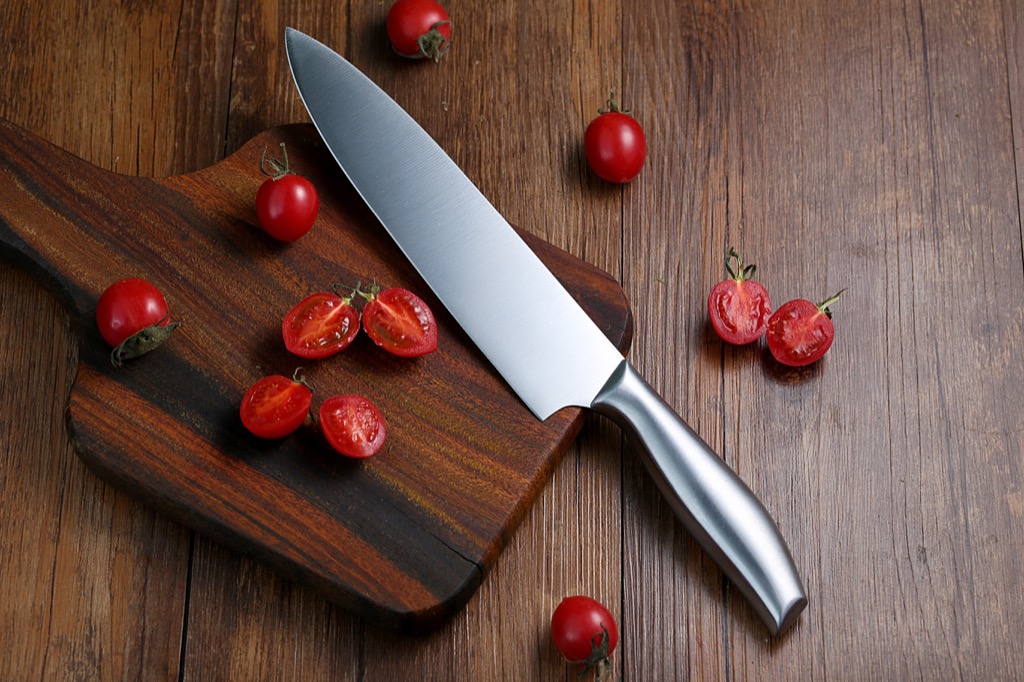
Tossing your sharp knives into your kitchen drawer is more than just a recipe for sliced fingertips: it may also reduce the lifespan of those pricey tools. As knives move around in your drawer, they’re likely to bump up against each other, other cutlery, or the drawer itself, dulling their blades in the process. To keep those knives as precise as the last day you sharpened them, store them on a magnetic rack attached to your wall instead, or in a butcher’s block, taking care not to accidentally hit the wood itself when you’re sliding the knives in. And when you want to improve your culinary game, discover these 20 Kitchen Tools You’re Using All Wrong.
4
Necklaces

While a hook full of necklaces may be a fun accessory, it’s also a means by which your prized jewelry is almost certain to end up tangled. To keep those strands knot-free, opt for a jewelry tray instead; with separate compartments for each necklace, they’re sure to prevent you from spending another evening trying to untangle your favorite pieces.
5
Apples

A bowl of apples may look nice on your counter, but if you want your fruit to stay crisp and delicious, they’re better off in the fridge. Better yet, keep the apples in a plastic bag before you pop them in the crisper drawer. The ethylene gas emitted by apples can cause other produce to wilt or brown, so it’s always best to keep them separated.
6
Tomatoes

Though tomatoes may seem like they’re best kept in your refrigerator, doing so can actually make them squishy and flavorless. Instead, keep them on your counter at room temperature, and, if you do want to store a cut tomato in your fridge, make sure to pop a paper towel into a container along with it to absorb any excess moisture that can turn it mushy.
7
Dry cleaning

Those dry cleaning bags in your closet are not only unsightly, they may also harm your fabrics in the long run. Keeping dry clean-only items in their bag can mean that the chemicals used in the cleaning process aren’t off-gassed as quickly as they would be if stored outside the plastic, potentially reducing the lifespan of your garments.
8
Coffee

While many people will tell you their coffee beans or grounds simply keep better in the fridge, that’s not actually the case. In fact, refrigerating your coffee can introduce moisture that shortens its shelf life, as well as adding in unpleasant odors from the fridge. To keep your coffee fresh for longer, keep it in an airtight container at room temperature away from light and heat sources instead.
9
Sweaters
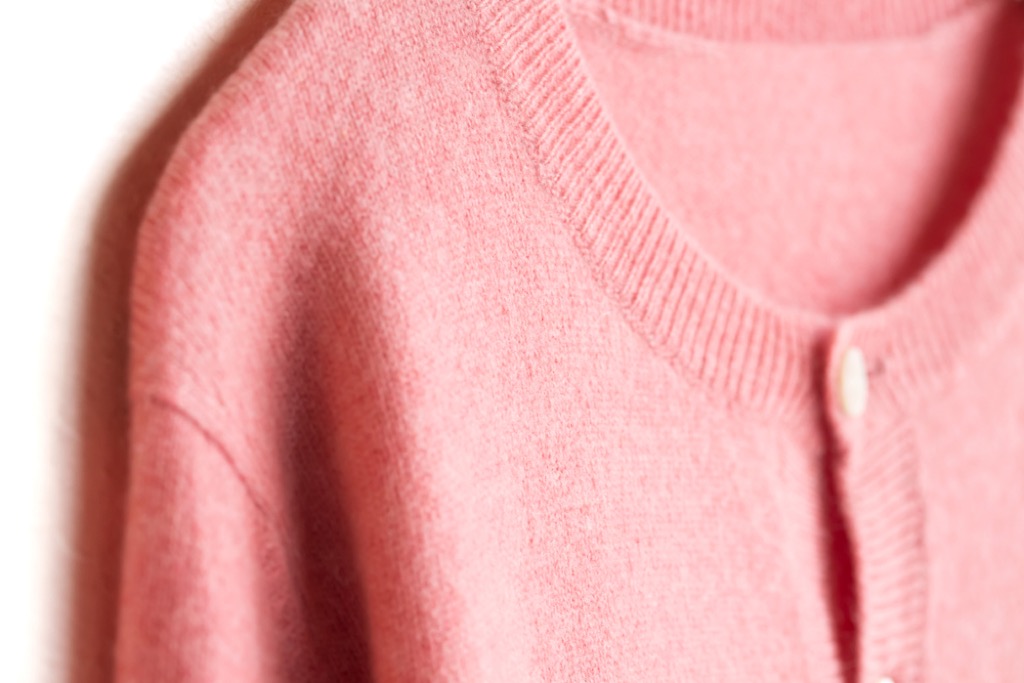
If you’re hanging your sweaters, you’re likely making them look worse for wear every time you put them away. While hanging sweaters can cause your sweaters to become droopy or misshapen, folding or rolling them and storing them in a drawer will extend their lifespan.
10
Shoes
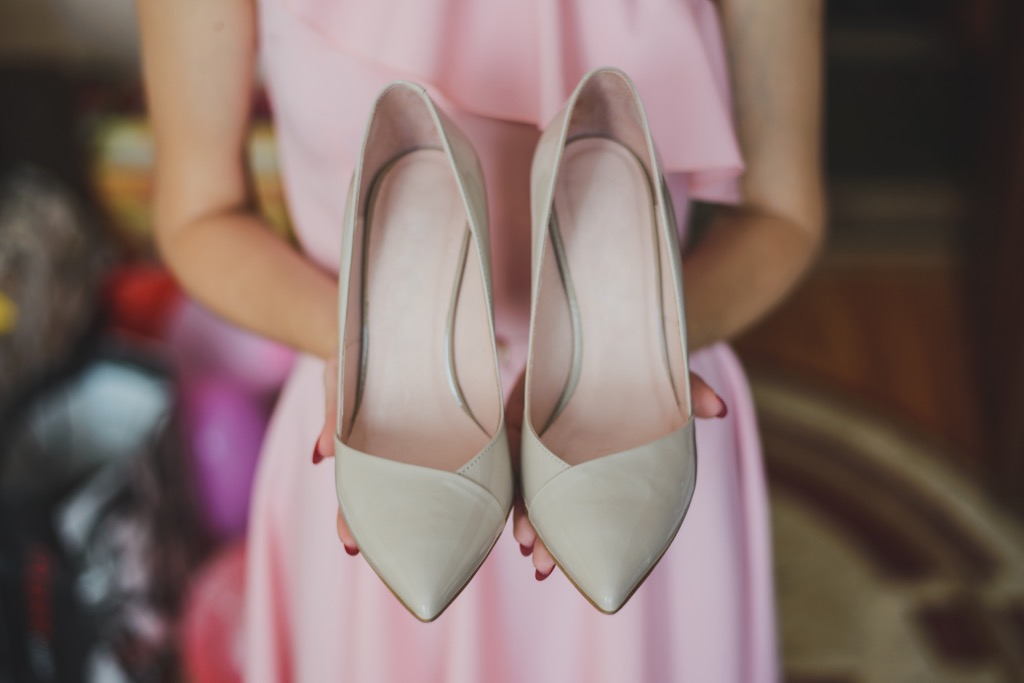
As tempting as it may be to keep your new pair of shoes in the box until you’re ready to wear them, you’d be better off removing them. Storing shoes—particularly leather ones—on their side in a box can make them misshapen over time, and will make them retain that unpleasant “new shoe” smell for longer. Instead, to keep your shoes looking new, insert shoe trees or boot shapers to prevent creasing.
11
Nuts

Nut are a staple in most pantries, but storing them there may actually be making them less edible over time. Nuts—including walnuts and almonds—are better off stored in the fridge or freezer, where their chances of rapidly becoming rancid are significantly reduced.
12
Lettuce
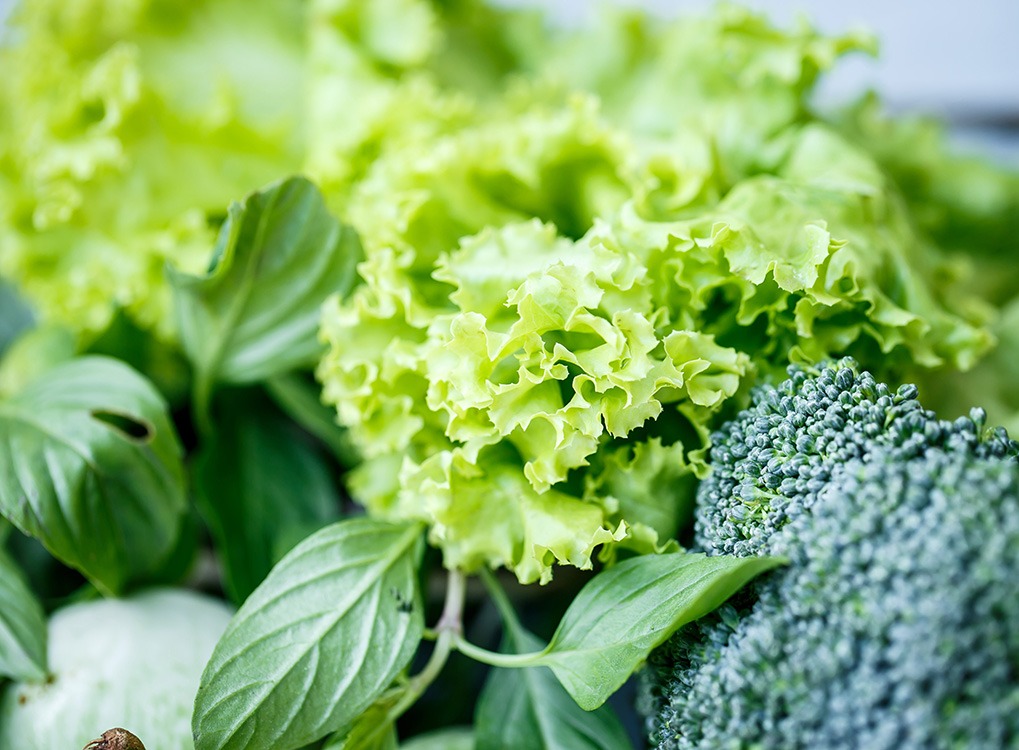
Putting damp lettuce leaves back into a bag will leave you a mushy mess to contend with when you go back to eat them. To properly store your lettuce, make sure the leaves are adequately dried first, and don’t store them in a plastic bag, where they’ll wilt quickly. Instead, loosely pack your greens into a paper-towel-lined plastic or glass storage container and you they’re less likely to become slimy.
13
Wine glasses

While storing your glasses rim-side down may seem like an effective means of keeping dust out of them, it may predispose them to breakage. The rim of a wine glass tends to be more fragile than its base, so storing them with the stem up may make them more likely to crack after repeated use. To keep your stemware safe, store them with the rim up and just give them a rinse before you use them.
14
Whole grain flour
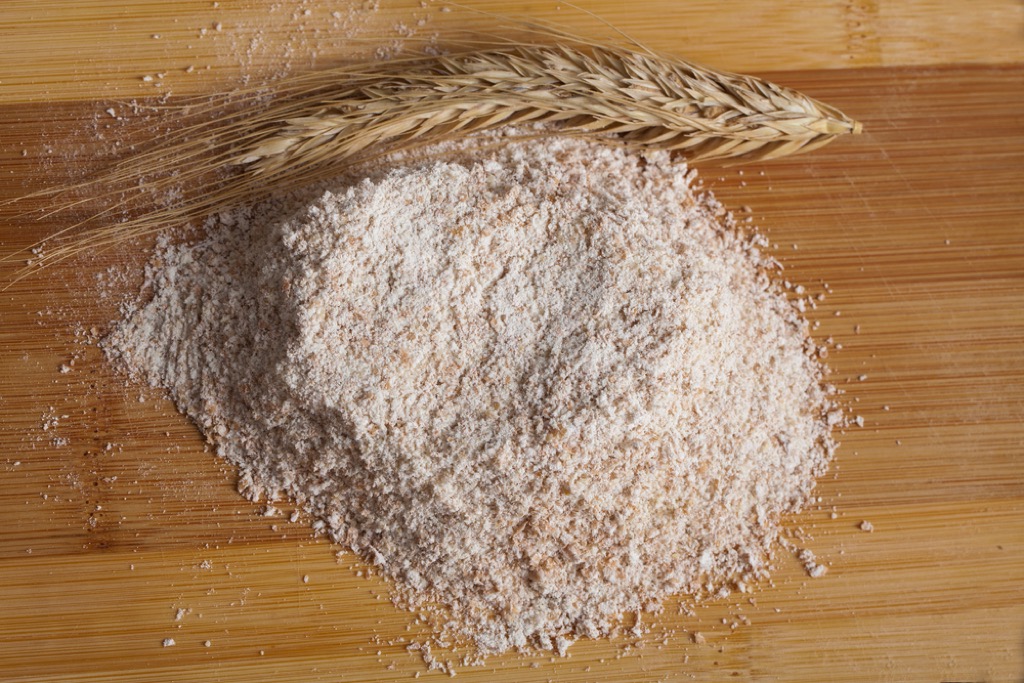
Though flour may come in what seems like an acceptable container, that paper bag isn’t your best bet for long-term storage. Instead, transfer your flour—especially that of the whole-grain variety—to an airtight container and pop it in your fridge or freezer. According to the Wheat Foods Council, this will prolong its usability. And better yet, freezing your flour can help kill off any weevil eggs that may have landed in your bag.
15
Purses
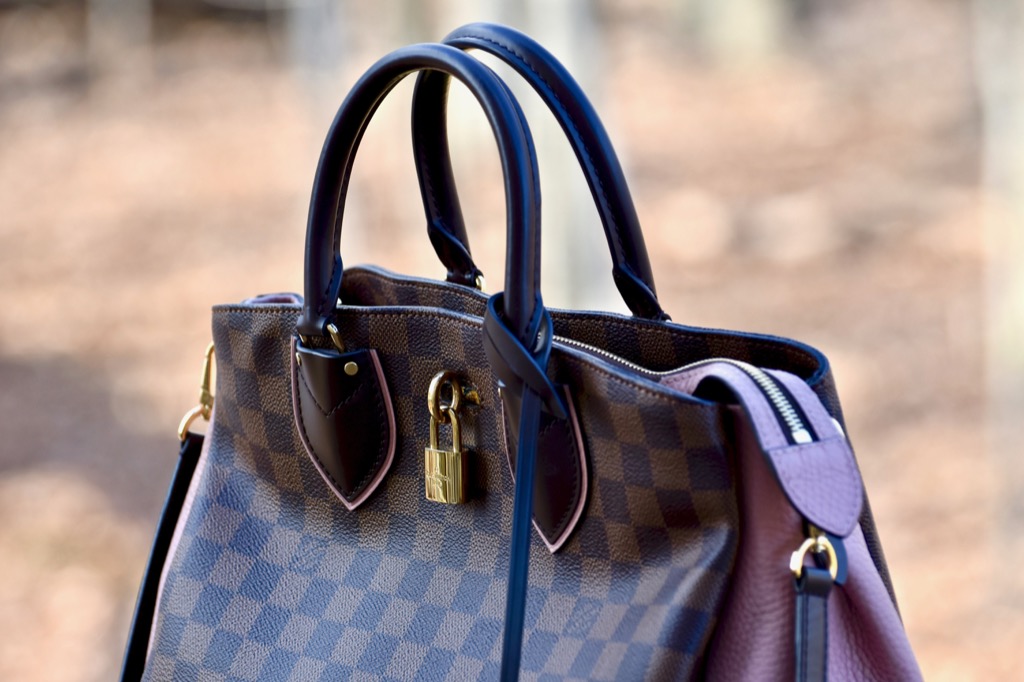
If you want to keep your purses looking pristine, it’s time to stop storing them on a hook. Hanging a leather purse can stretch its strap over time and may even lead to cracks. To keep your purse in prime condition, rest it on the ground or a shelf and stuff it with paper or fabric to maintain its shape. And whenever possible, store it in a dust bag or at least keep it from rubbing up against other purses, which can lead to dye transfer.
16
Spices
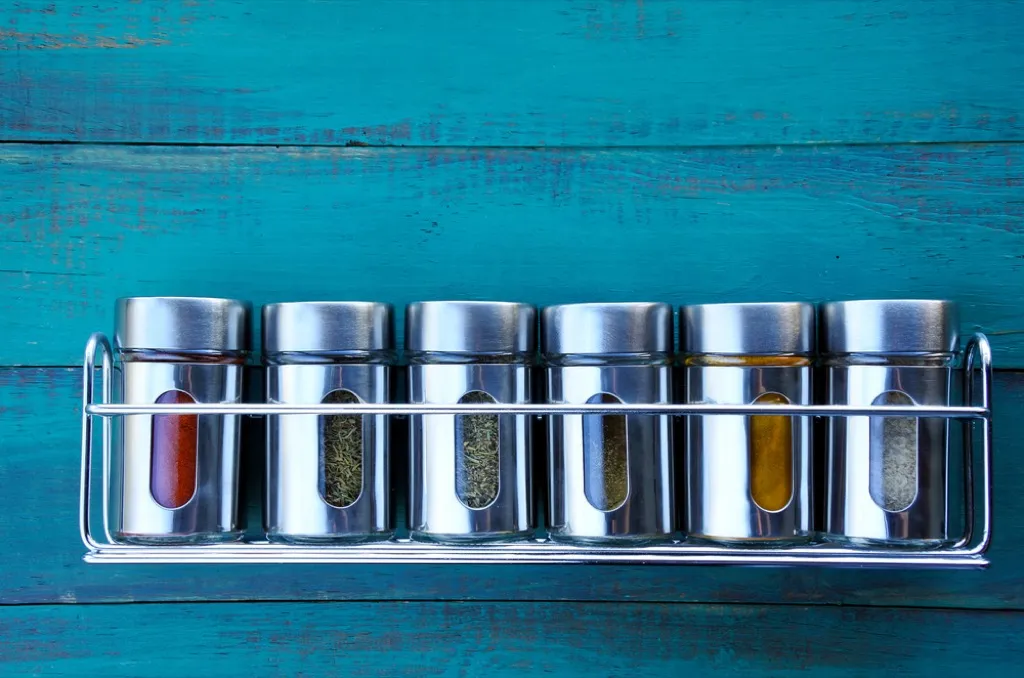
While many people think of their spices as having an indefinite shelf life, there are countless factors that can shorten their usability. If you’re storing your spices next to your stove, dishwasher, on top of your fridge, or anywhere else it happens to get particularly warm in your kitchen, you’ll inevitably shorten their lifespan. Instead, keep them in airtight containers, away from sources of heat, light, and moisture, and check them every so often to see if they’ve lost potency.
17
Milk
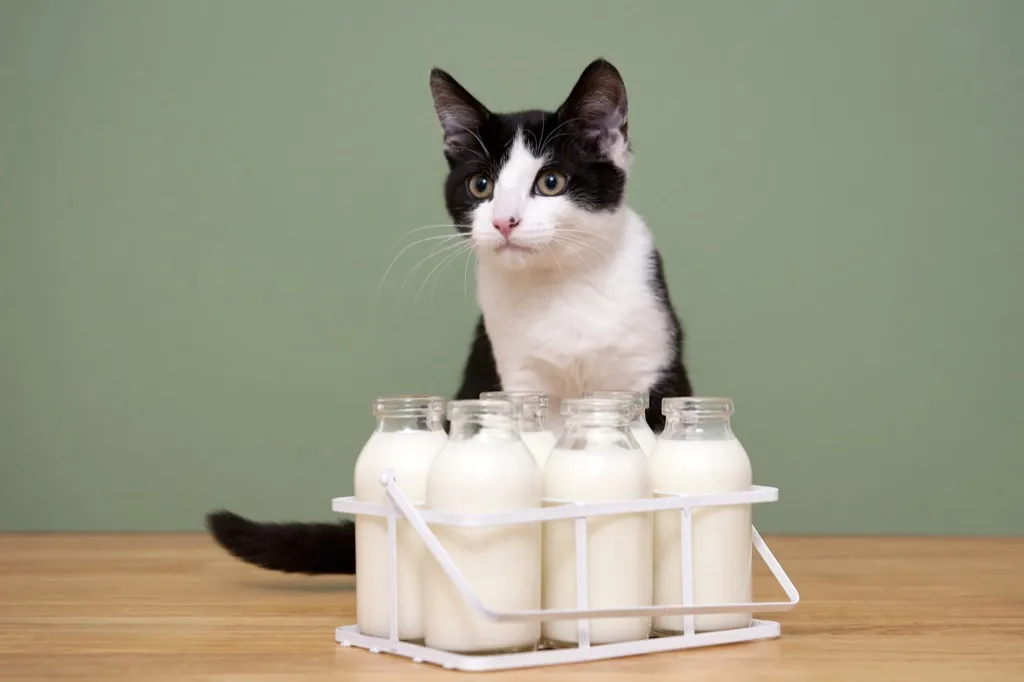
The fridge door may seem like the natural place to store your milk, but doing so may make it spoil faster. The fridge door is exposed to non-refrigerated air more often than your fridge’s interior, and these temperature fluctuations can cause milk to become undrinkable in virtually no time. For your best bet, store your milk toward the back of your fridge’s lower shelf; according to research conducted at Purdue University, this is where temperature tends to fluctuate the least.
18
Cast iron pots and pans
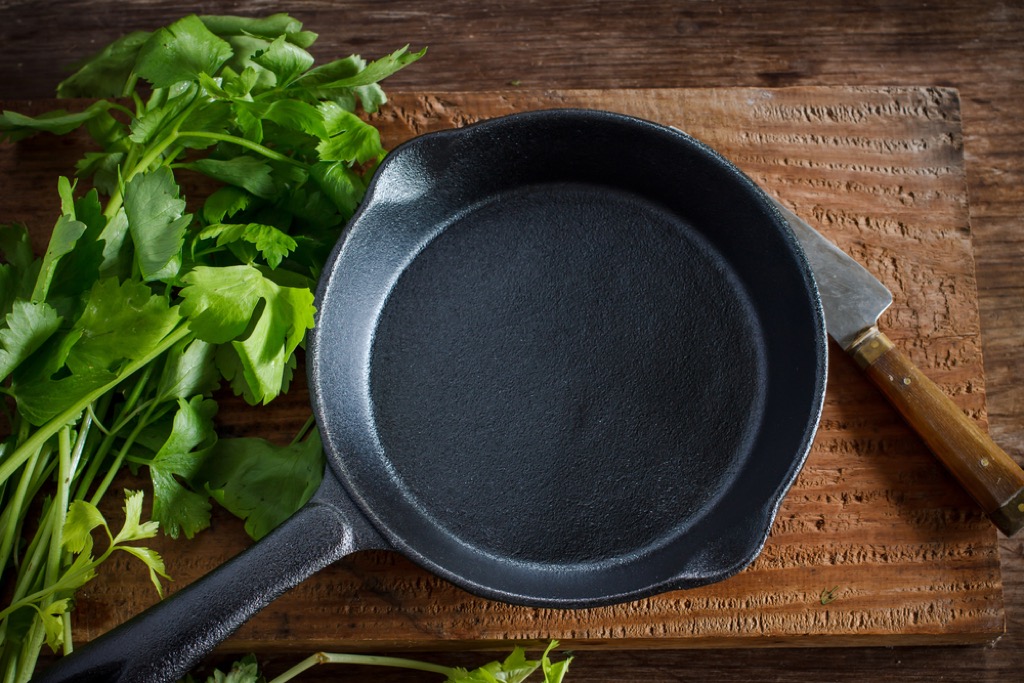
Don’t just blindly stack pricey cast iron pots and pans. Nestling cast iron items inside one another causes imperfections and scratches in their coating that can make them less usable over time. Instead, either hang them on an overhead rack, or, if you have no choice but to stack them, do so by placing dish towels, coffee filters, or paper towels between each item.
19
Potatoes

Your instinct to put your potatoes in the fridge is leading you astray—the starches in potatoes can change drastically in the fridge, making them sweet, altering their texture, and browning them, too. Instead, keep them somewhere away from light and intense heat or cold, like in a bag stored in a cool cabinet.
20
Silver flatware
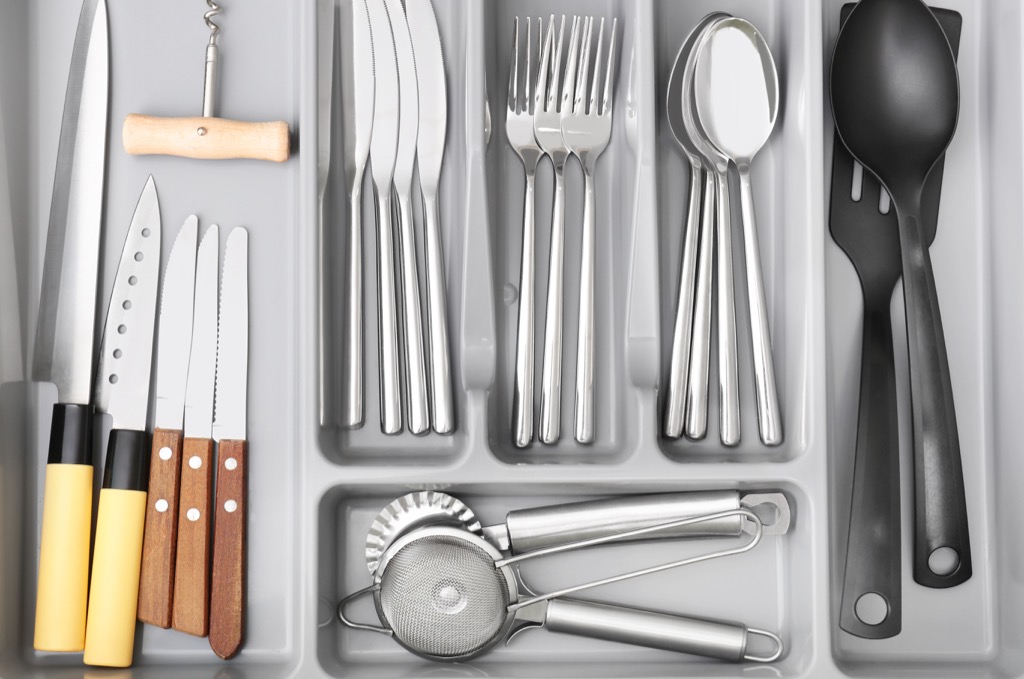
If you want to keep your sterling silver flatware tarnish free, don’t just toss it in the drawer with your everyday pieces. Instead, keep it in a dry box—preferably a lined and divided one, so your utensils won’t have a chance to scratch each other—and store with some chalk in the box, which can keep tarnish at bay.
21
Maple syrup

That amber syrup straight from Vermont deserves a spot in your fridge, not your cabinet. While the sugars in maple syrup, especially those that gather around the bottle’s rim, can start to crystallize in the fridge, that shouldn’t have much effect on what’s in the bottle itself, as long as it’s tightly sealed. However, in the case of so-called pancake syrup—usually a combination of corn syrup, dye, and artificial flavor—you can safely store it in your pantry.
22
Beaded clothing

Placing your favorite beaded dress on a hanger could be the reason it’s looking suddenly droopy. The weight of beaded items can stretch them out when they’re hung up, so, whenever possible, opt to roll them or fold them instead, preferably placing each in a pillowcase first to keep them from getting snagged on one another.
23
Bread
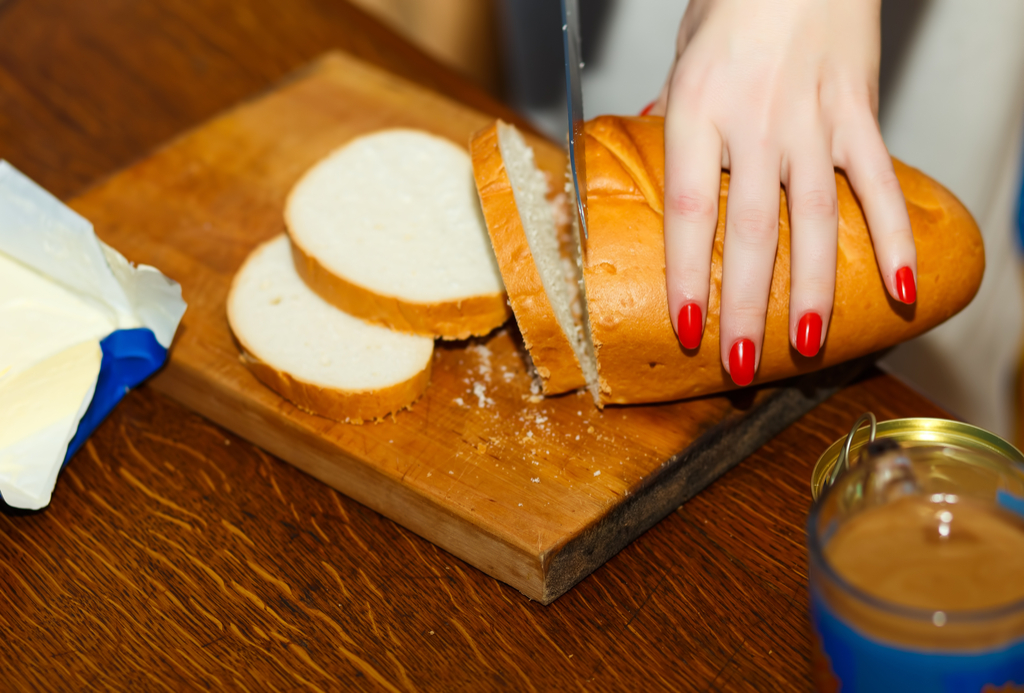
If you’re storing your bread in the fridge, you’re doing yourself a disservice. The starches in bread crystallize at cooler temperatures, meaning slices get stale faster. To keep your bread fresh for as long as possible, store it in a room temperature environment for the first few days after purchasing it, and afterward, cover the unused portion in foil or plastic wrap and freeze it.
24
Brown sugar
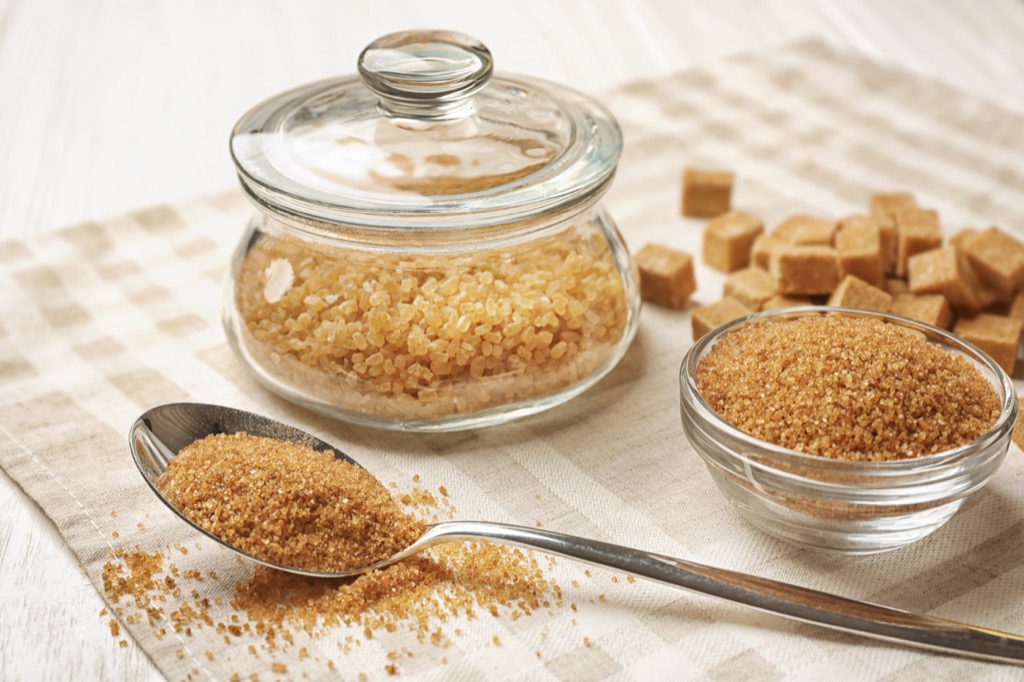
While some people swear that keeping brown sugar in the fridge will keep it from hardening, this isn’t generally the case, and can introduce unwanted moisture and odors into your baking supplies. Instead, keep it in a sealed, airtight container at room temperature.
25
Vintage clothing
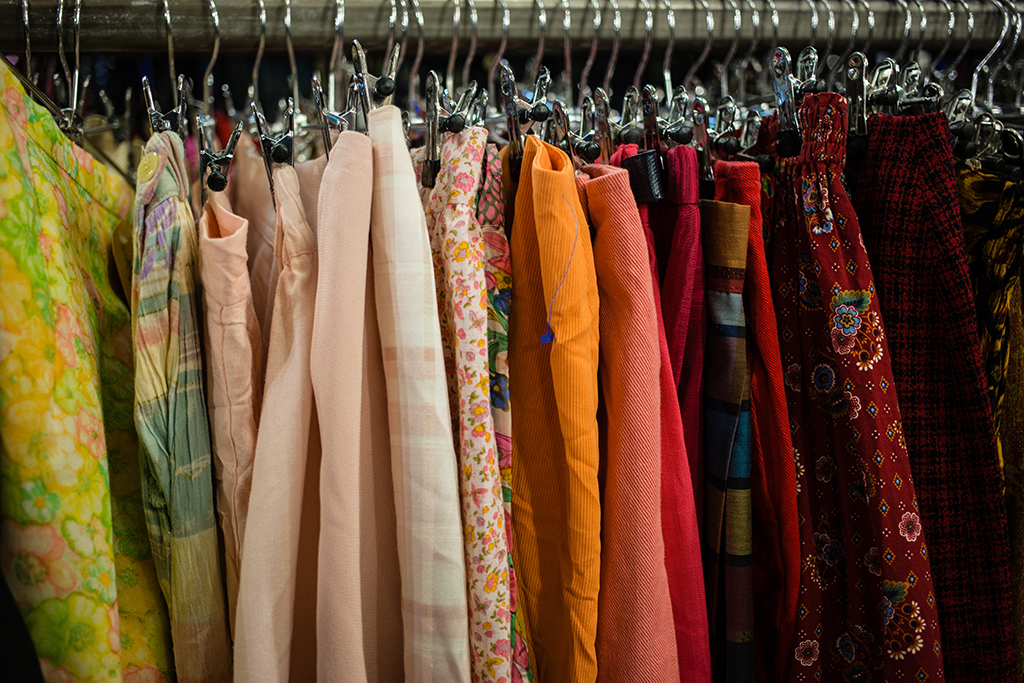
Keep your vintage clothing looking as good as when you first brought them home by storing your pieces properly. To do that, make sure you’re using soft hangers to avoid creating shoulder tears, or store them unstacked on shelves so that the weight of additional garments doesn’t create snags or rips.
26
Natural peanut butter
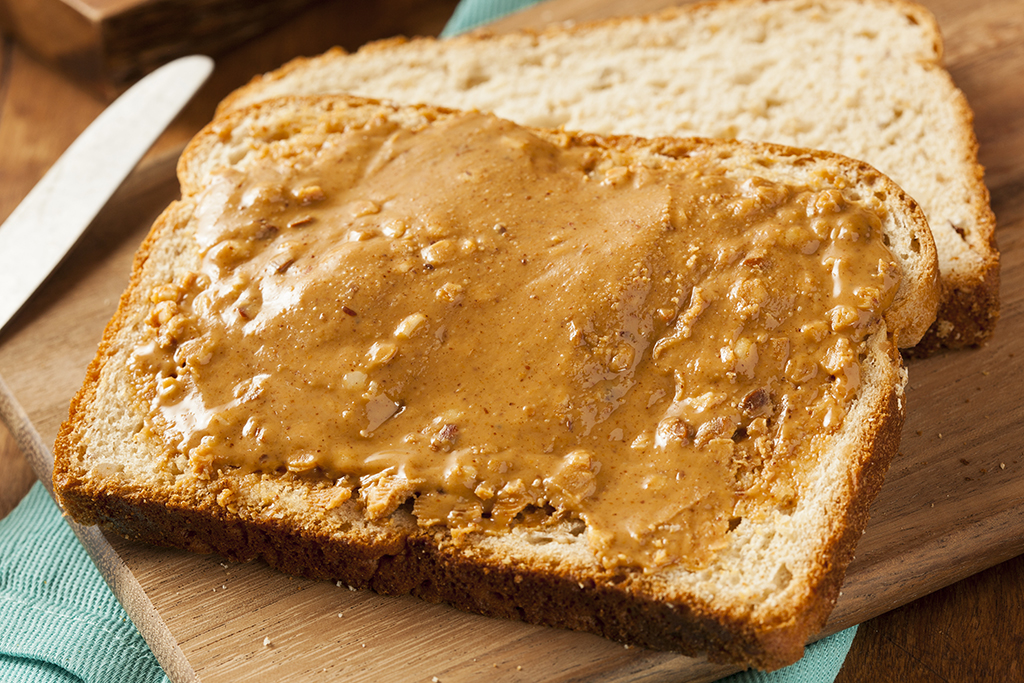
While the big-name peanut butter you get at most supermarkets can be safely stored in your pantry, the natural stuff should be kept in your fridge. Since natural peanut butter is generally free from preservatives, it will keep longer when stored at a cooler temperature.
27
Pants
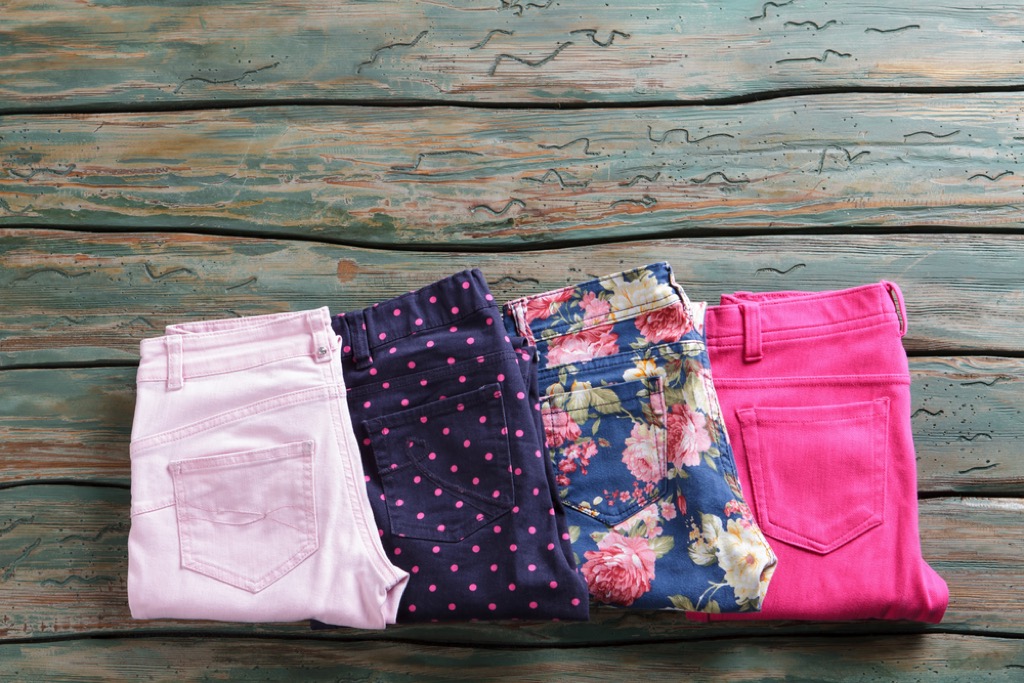
Instead of storing pants in a stack on your shelf, buy some pants hangers to clip them up. Storing your pants folded can lead to creases that become increasingly hard to iron out over time, whereas hanging them will help preserve their natural shape better.
28
Sesame products
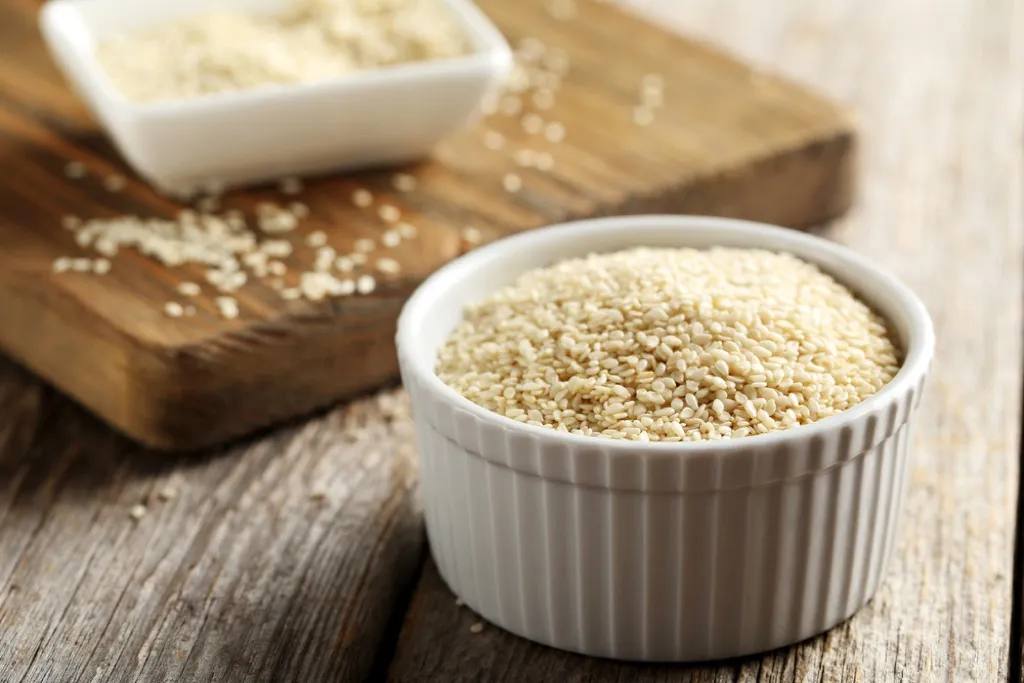
Sesame seeds, oil, and tahini all belong in the same place: your fridge. Left at room temperature, sesame-based products are more prone to going rancid.
29
Baking sheets
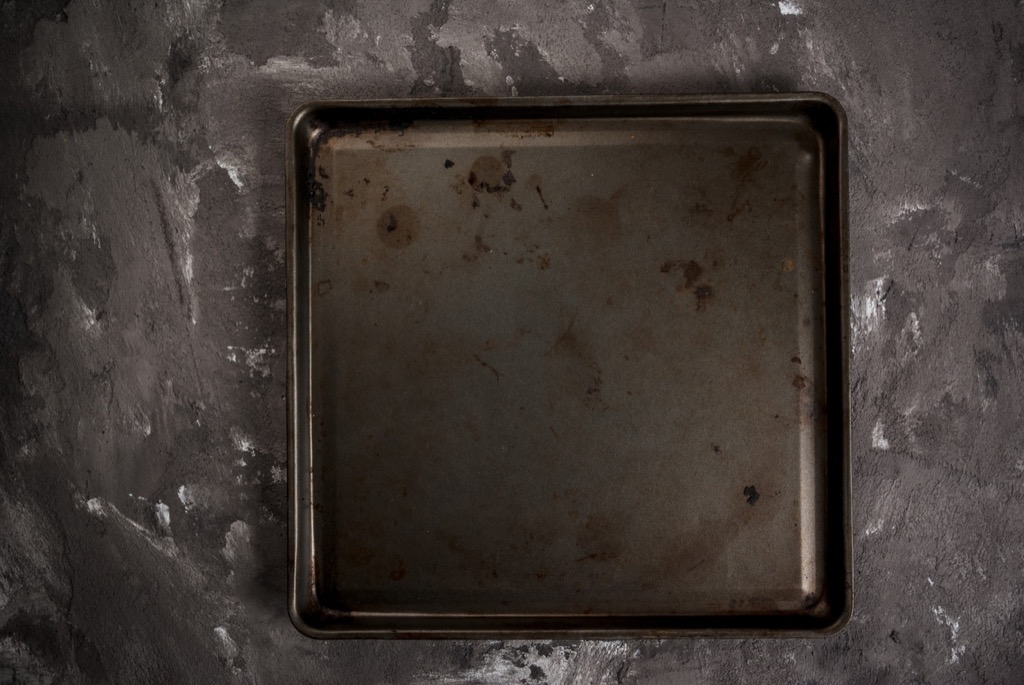
While stacking baking sheets atop one another may be convenient, but doing so may mean their longevity takes a hit. Much like cast iron pans, when baking sheets are stacked, their coating is more susceptible to scratches, which can make them less usable over time. To store them properly, place them on their sides, interspersing cutting boards between them to act as buffers.
30
Onions
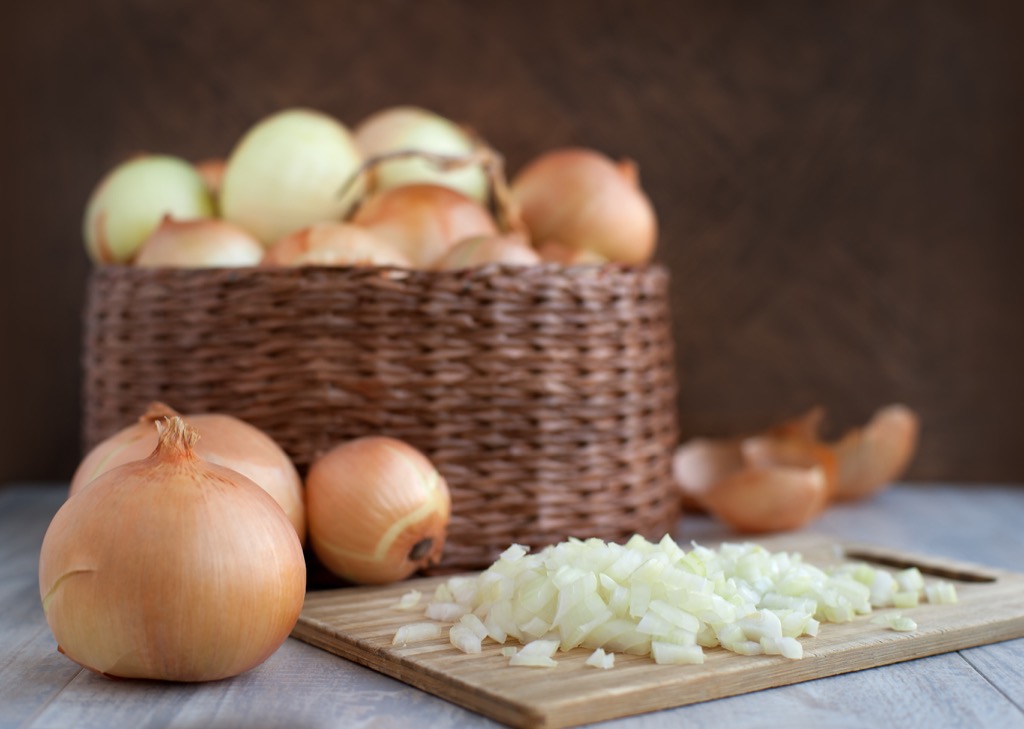
Onions may be a countertop staple for you, but you’d be better off storing them elsewhere. Next time, keep them somewhere dry, dark, and away from any light sources—a cool cabinet away from other fruits and vegetables works well.
31
Perfume
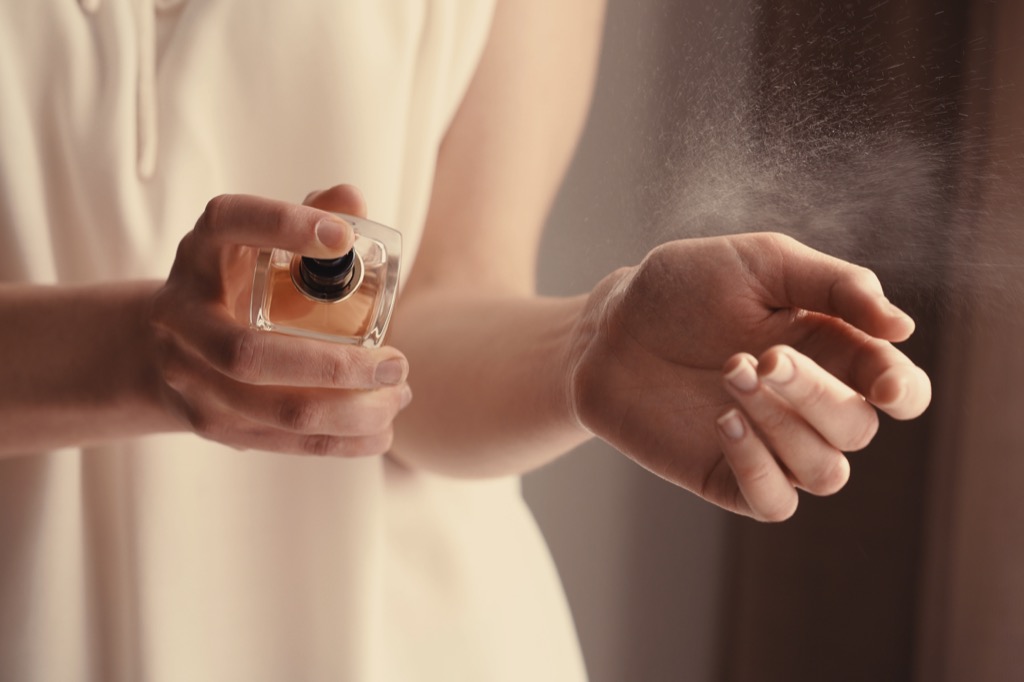
A perfume bottle may look nice atop your dresser, but storing it there may make it unappealing in no time. Perfumes are best stored away from light, heat, and humidity, so a closet shelf in your bedroom is a good choice, but a medicine cabinet in your bathroom is not.
32
Prescriptions

If you’re storing your prescriptions in your bathroom’s medicine cabinet, you could be speeding up their expiration. The heat and humidity in your bathroom can cause damage to your prescriptions, so opt for somewhere cooler and drier—like a kitchen cabinet or bedroom closet—instead. And make sure you’re checking the labels closely when you get a new prescription—those notes to keep certain medications in the fridge aren’t merely suggestions, after all.
33
Blankets

Instead of storing your wool blankets with moth balls to keep bugs at bay, opt for some cedar inserts instead. The naphthalene in moth balls has been linked to cases of respiratory distress (as well as being offensive to many people’s sense of smell), while cedar can keep those moths from eating up your blankets without the potential for harm.